Fingal’s Cave, located on the uninhabited island of Staffa in the Inner Hebrides of Scotland, is one of nature’s most extraordinary geological formations. Known for its unique hexagonal basalt columns and mesmerizing acoustics, this ancient site continues to captivate travelers, scientists, and artists alike. Let’s archeology.dulichvn.net delve into the magic of Fingal’s Cave and uncover why it remains a must-see destination for adventurers around the world.
The Geological Marvel of Fingal’s Cave
Hexagonal Basalt Columns
The iconic structure of Fingal’s Cave is its hexagonal basalt columns, formed millions of years ago by rapidly cooling volcanic lava. These columns, with their precise geometric shapes, are a testament to nature’s artistry. Similar formations can be found at the famous Giant’s Causeway in Northern Ireland, showing the shared volcanic history of the region.
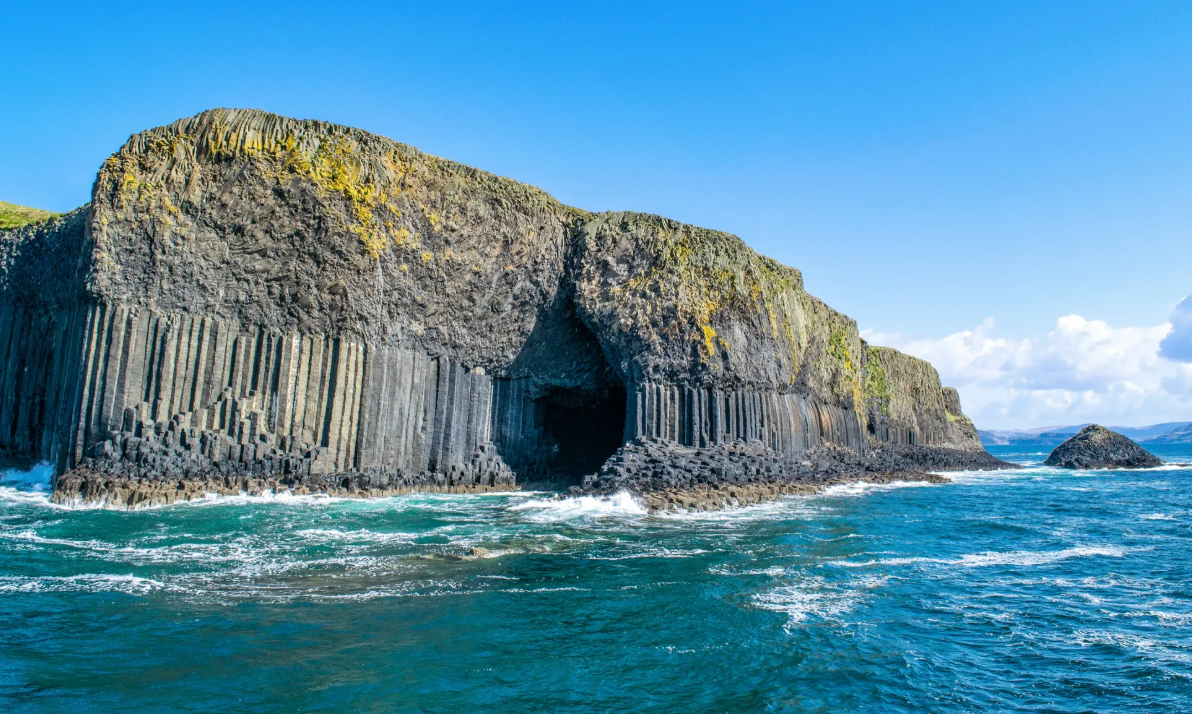
Formation Over Millennia
The cave’s basalt columns were shaped over millennia as waves and tides continuously eroded the lava rock. The interplay of geology and natural forces has created a structure that appears otherworldly, with towering columns that seem almost too perfect to be real.
A Hidden Gem in Scotland
Fingal’s Cave is located on Staffa, an uninhabited island accessible by boat from nearby locations such as Oban and the Isle of Mull. The island’s rugged landscape, combined with the cave’s grandeur, makes it a standout destination in Scotland’s rich tapestry of natural wonders.
See more: The Antiochos Grandeur, World’s Largest Intact Mosaic
The Acoustics of Fingal’s Cave
Nature’s Cathedral
One of the most remarkable aspects of Fingal’s Cave is its acoustics. As waves crash against the basalt walls, they create echoes that resonate like a symphony. This natural phenomenon has earned the cave its nickname as “Nature’s Cathedral,” drawing visitors who wish to experience its hauntingly beautiful sounds.
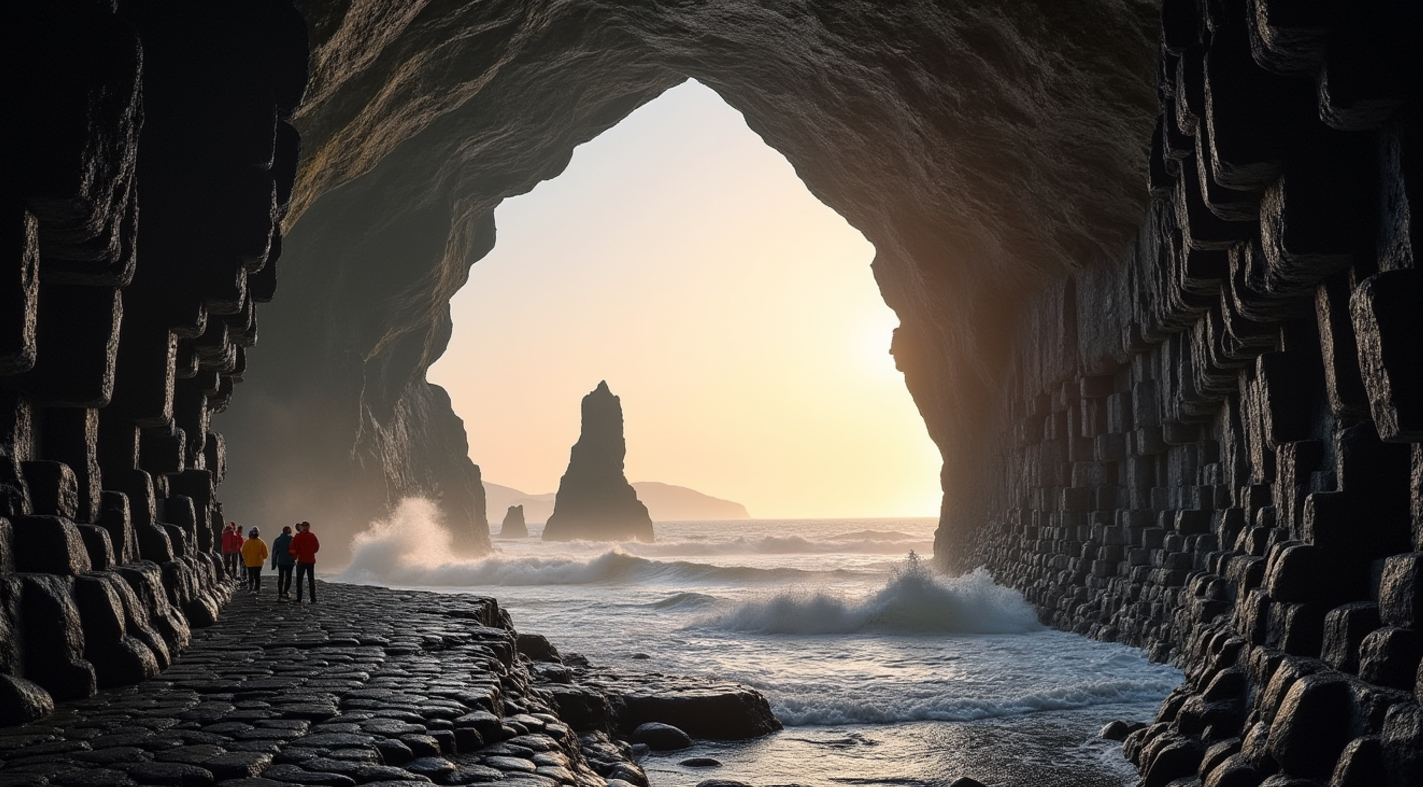
A Musical Inspiration
The cave’s acoustics inspired Felix Mendelssohn, a German composer, to create his famous overture, “Fingal’s Grotto” (also known as “The Hebrides”). This piece captures the essence of the cave’s ethereal atmosphere and showcases its influence on the arts.
Why the Acoustics Matter
The natural acoustics of Fingal’s Cave are not just curiosity; they symbolize the harmony between earth and water. They also provide insight into how ancient peoples might have perceived and utilized the cave for ceremonies or storytelling.
Legends and Cultural Significance
The Name and Mythology
Fingal’s Cave is named after the Irish mythological hero Fingal, a giant who features prominently in Gaelic legends. According to these tales, Fingal built the Giant’s Causeway to connect Ireland and Scotland, with Fingal’s Cave serving as part of this mystical landscape.
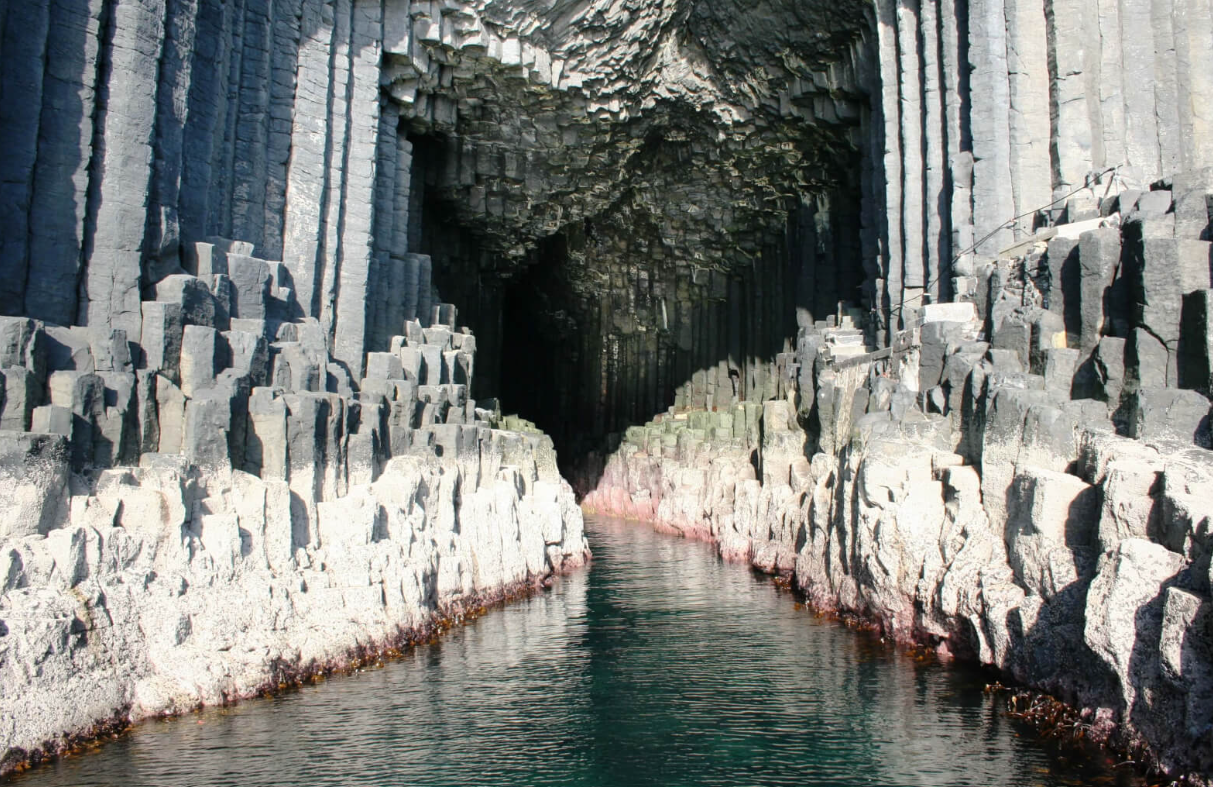
A Place of Inspiration
Throughout history, Fingal’s Cave has inspired many artists, writers, and musicians. From the poetry of William Wordsworth to the illustrations of J.M.W. Turner, this natural wonder has left its mark on creative minds across generations.
Cultural Heritage
Fingal’s Cave is more than just a natural site; it is a cultural icon that connects Scotland’s rich history with its breathtaking landscapes. The stories and legends associated with the cave add depth to its allure, making it a place of both physical and imaginative exploration.
See more: Taşyaran Valley: A Natural Masterpiece in Usak, Turkey
Exploring Fingal’s Cave Today
How to Get There
Visitors can reach Fingal’s Cave via boat tours from nearby Scottish towns such as Oban or the Isle of Mull. These tours often include a chance to explore Staffa Island and its unique ecosystem, making the trip a complete adventure.
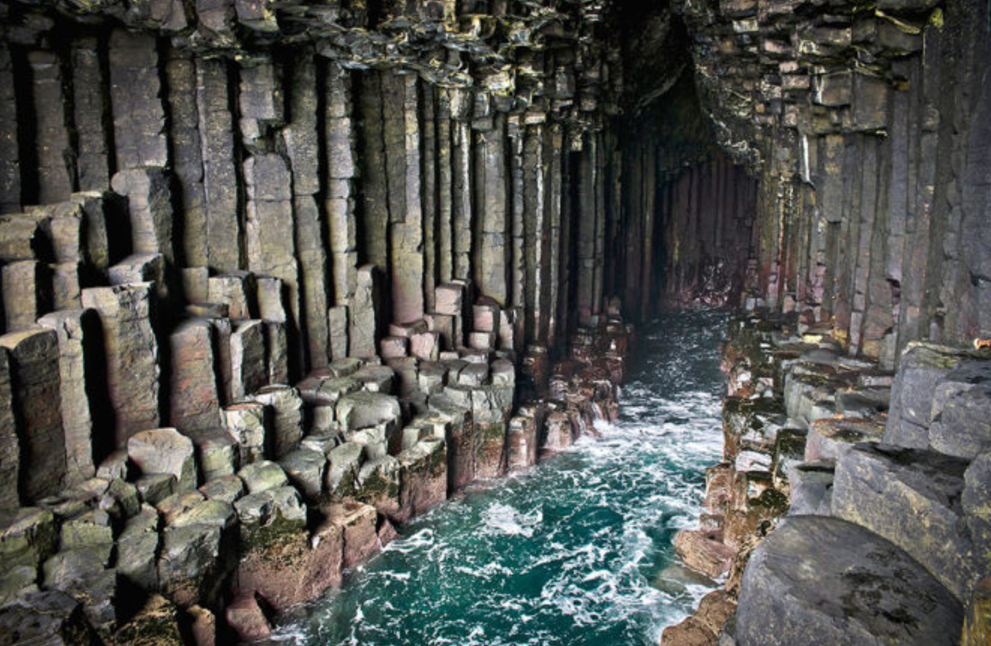
What to Expect
Upon arrival, visitors are greeted by the cave’s imposing entrance and the rhythmic sounds of waves echoing within. Walking along the basalt columns to the cave’s interior is an experience that combines awe and tranquility, offering breathtaking views of the surrounding sea.
Why Fingal’s Cave Should Be on Your Travel Bucket List
A Unique Geological Formation
The hexagonal basalt columns of Fingal’s Cave are a rare natural phenomenon that you won’t find in many places around the world. It’s a geological masterpiece that deserves a spot on any nature enthusiast’s itinerary.
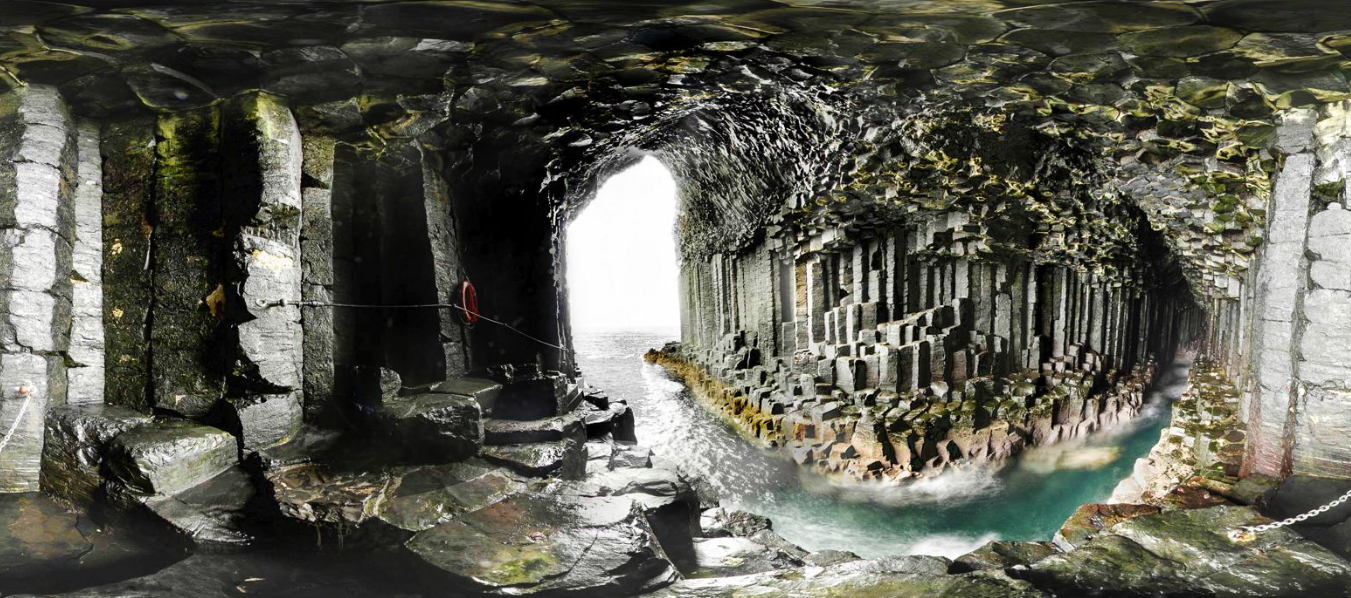
A Connection to History and Myth
The cave is steeped in mythology and artistic heritage, offering a glimpse into how natural wonders have shaped human creativity and storytelling throughout history.
Conclusion
Fingal’s Cave is more than a geological formation; it is a testament to nature’s ability to inspire awe, creativity, and reflection. From its stunning basalt columns to its haunting acoustics, this natural wonder continues to captivate all who visit. Whether you’re a nature lover, a history buff, or an art enthusiast, Fingal’s Cave is a destination that promises an unforgettable experience.

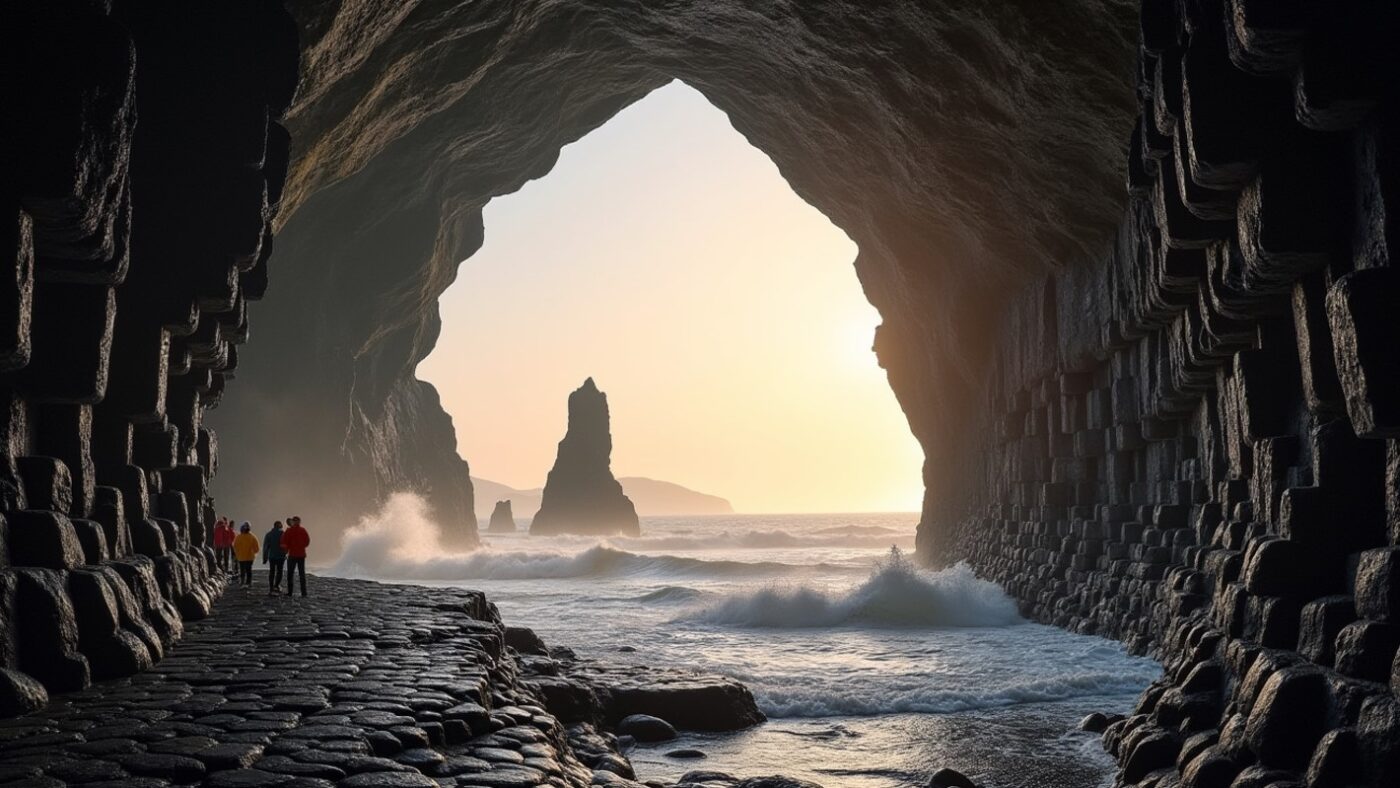
CÁC TIN KHÁC
Mark Twain & Olivia Langdon: A 36-Year Love Story Filled with Laughter and Devotion
The Tollund Man: A 2,400-Year-Old Mystery Preserved in a Danish Bog
Skara Brae: Scotland’s Hidden Neolithic Village
Porta Nigra: The Hidden Depths of Trier’s Iconic Roman Gate